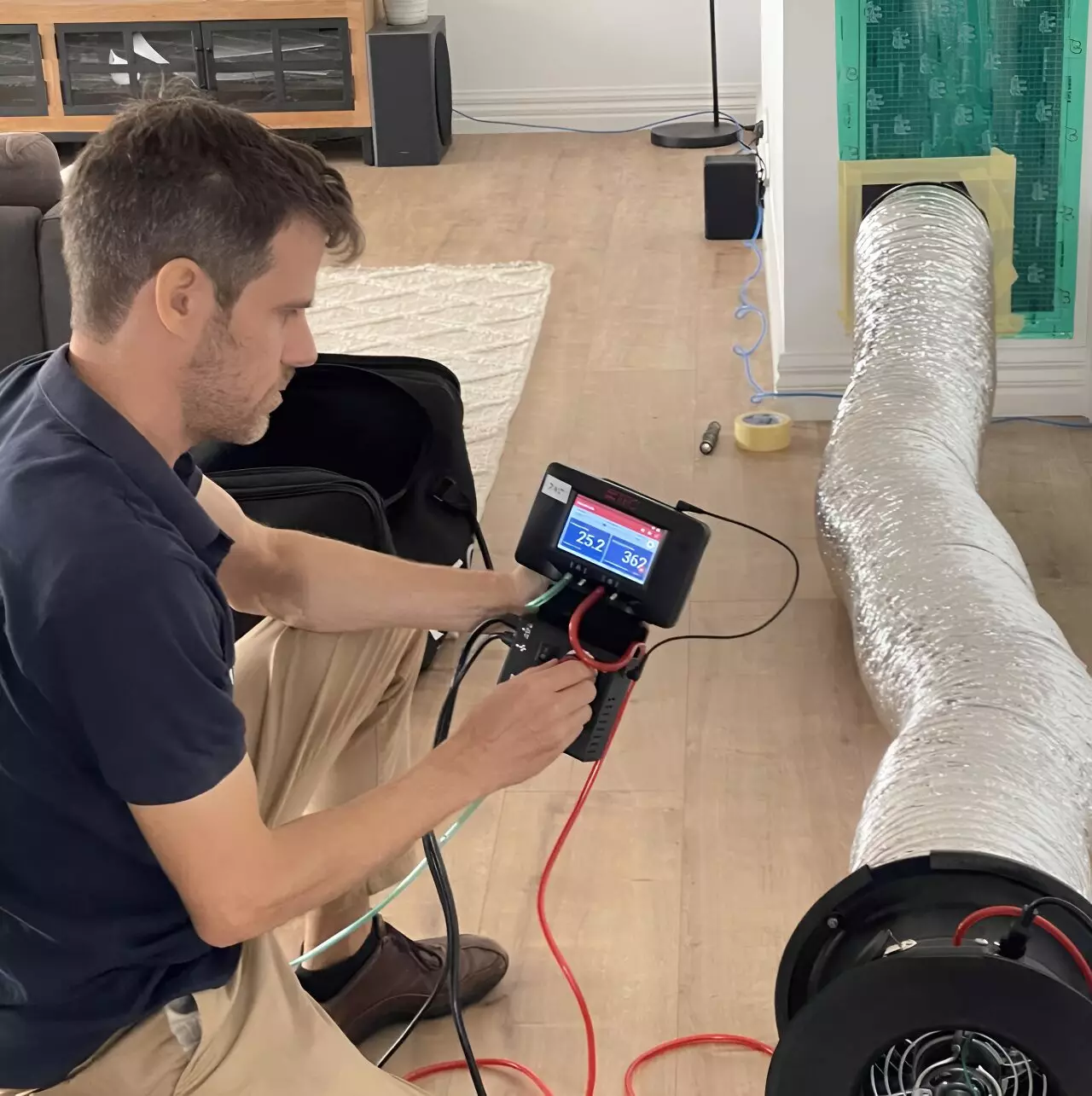Recent research conducted by CSIRO has brought to light the fact that new Australian homes are now up to 50% more airtight compared to those tested in 2015. This is certainly a positive development for homeowners, as it signifies that these homes are more comfortable, have lower energy bills, and boast healthier indoor air quality. The importance of air tightness lies in its ability to minimize unintended air movements within a building, preventing outdoor air from entering and indoor air from escaping. When a home lacks proper air tightness, drafts can occur, leading to an increase in energy bills by up to 20%.
On the other hand, homes that are overly airtight without controlled ventilation may face issues such as condensation, mold growth, and health problems for residents. This could range from headaches to nausea due to elevated levels of carbon dioxide and monoxide. The research carried out by CSIRO involved testing 233 apartments and detached houses constructed in Melbourne, Sydney, Canberra, Brisbane, and Adelaide over the past four years. Homes specifically designed for air tightness were excluded from the study.
Room for Improvement
While the results of the research were generally positive and aligned well with standards set in countries like the U.K., there is still room for improvement. According to Senior Experimental Scientist and project lead Michael Ambrose, leakages were detected in most new homes, primarily stemming from bathroom fans, sliding doors, and inadequate door seals. Some apartments were found to be excessively airtight, which can have negative repercussions on both building performance and resident health if controlled ventilation is not incorporated.
Recommendations for Enhancing Air Tightness in Australian Homes
The research report outlined several recommendations for Australian building codes to tackle common air tightness issues. These include setting air tightness standards in the National Construction Code (NCC), mandating controlled ventilation in new buildings, especially apartments, implementing air barriers like building wraps in all new residences, and offering on-site training and educational resources to enable builders to adopt cost-effective solutions that enhance building performance.
The study revealed that actual air tightness levels corresponded closely with those assumed by the Nationwide House Energy Rating Scheme (NatHERS), which assigns an energy efficiency star rating to residential buildings. This alignment provides confidence in the accuracy of NatHERS in predicting air tightness within specified levels. Ambrose highlighted the importance of displaying air tightness values on NatHERS certificates and underscoring the impact on the star rating.
The research conducted by CSIRO sheds light on the importance of air tightness in Australian homes and highlights the need for ongoing efforts to enhance air tightness standards and practices. By addressing common air tightness issues, implementing controlled ventilation, and providing guidance to builders, we can create homes that are not only energy-efficient and comfortable but also promote the well-being of residents.


Leave a Reply